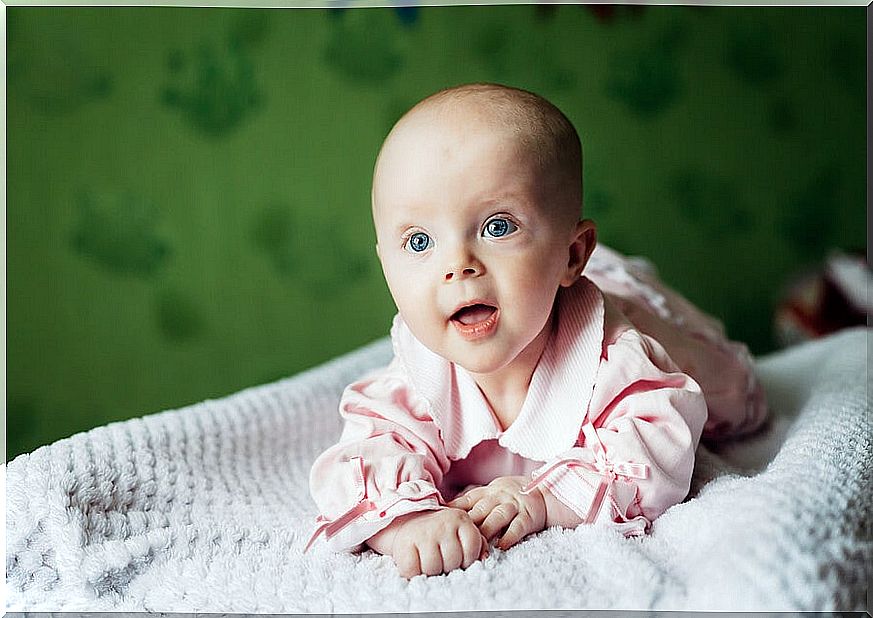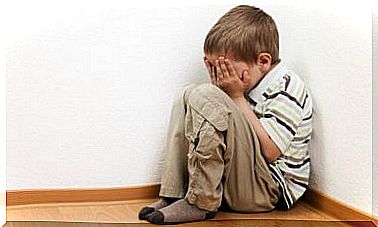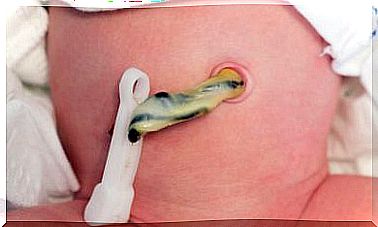Early Detection Of Hearing Loss In Babies
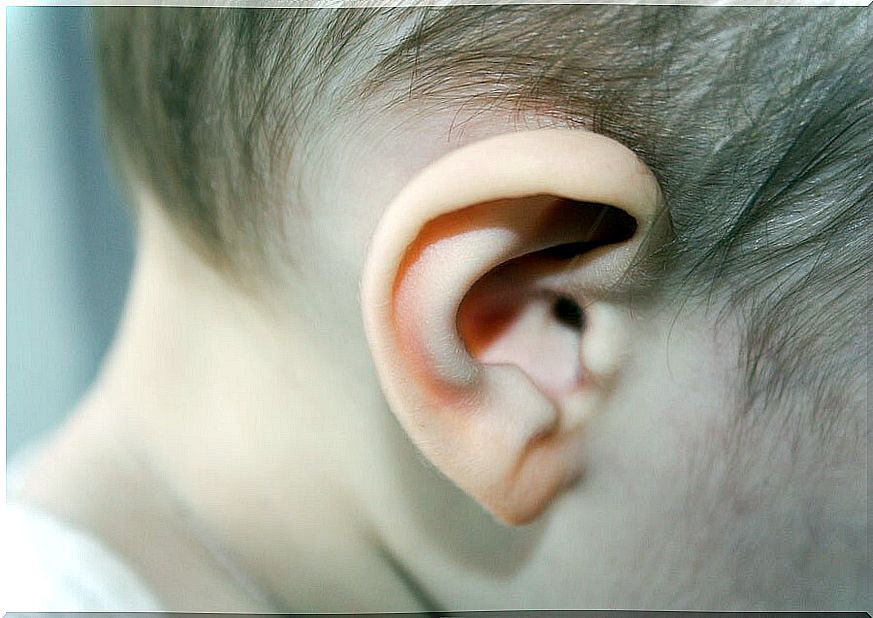
For some years now, the Ministry of Health has launched a campaign aimed at the early detection of hearing loss in babies. This is nothing more than congenital deafness in newborns. This is a pretty serious health problem.
It has a great impact on the emotional development of the child and on the acquisition of language. On the other hand, it is a source of significant difficulties when it comes to socializing. In Annals of Pediatrics, it is stated that:
Data from the Spanish Association of Pediatrics
Deafness in the newborn is rare. According to data from the Spanish Association of Pediatrics, 5 out of every 1,000 children are born in Spain with some type of deafness and 1 in 1,000 has profound deafness. The objective is to detect it before 3 months, to start treatment before 6 months of life.
There are some cases in which the early detection of hearing loss in babies is even more important, for example:
- In premature and underweight babies.
- When there is a family history of deafness.
- By taking certain medications during pregnancy.
- When problems have occurred during labor or after birth.
What is hearing loss?
Hearing loss is the term used to name the total or partial loss of hearing. When a child has this deafness from the moment of birth, it is called congenital.
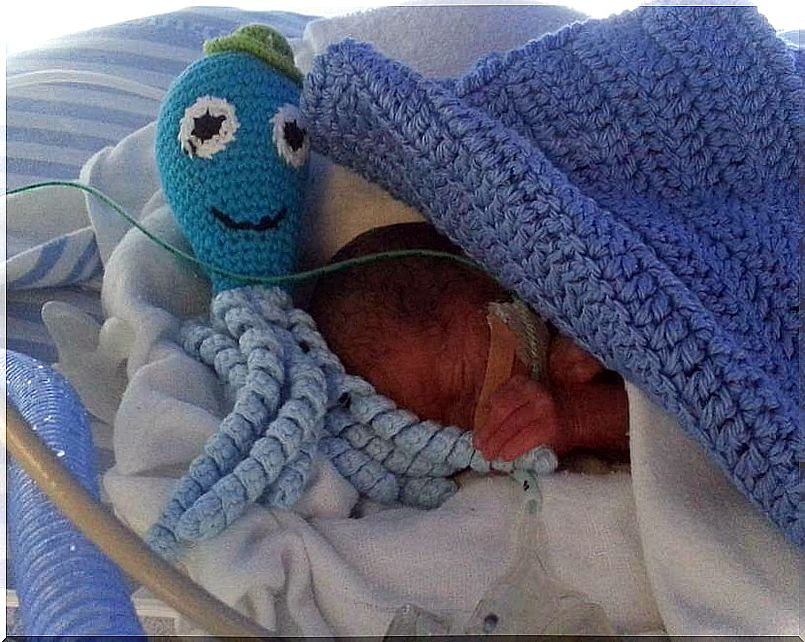
How is the test for the early detection of hearing loss in babies?
There are two ways to assess newborn hearing: otoacoustic emissions and auditory evoked potentials. None of them cause the slightest discomfort in the newborn.
The most common form is that of auditory evoked potentials. Headphones are placed that emit sounds and the signals that reach the brain are collected, thanks to sensors placed on the scalp. In the case of otoemissions, a mini probe is installed in the ear canal. Through it, the responses produced by the ear to sounds are collected.
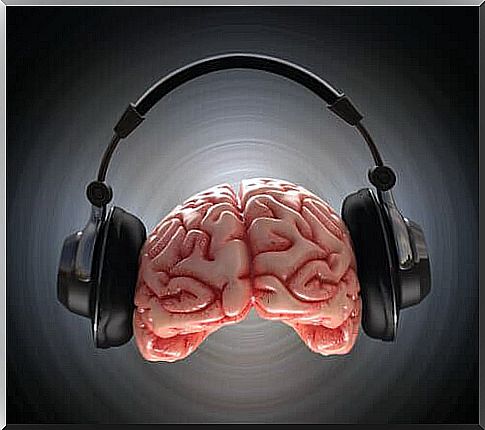
If the result is normal, the test ends and observation is only recommended during the first months of the infant’s life.
Why does congenital hearing loss appear?
- In half of the cases, it is concluded that the cause is congenital. That is, it is an inherited problem.
- The other 50% is attributed to environmental causes: infections during pregnancy such as rubella, toxoplasmosis, syphilis, and so on.
- It is also usually a consequence of the intake of toxic drugs during pregnancy, such as some antibiotics or diuretics, drugs for the treatment of malaria, retinoic acid, among others.
- Another possible cause of deafness, although less common, is exposure to radioactivity during pregnancy.
Which is the treatment?
After the early detection of hearing loss in the baby, early intervention is of vital importance. If detected before 6 months, a fairly optimal speech and language development is achieved and similar to that of its peers. Therefore, this test is done before 3 months of age. The objective, as said before, is to be able to intervene before 6 months.
Treatment after the diagnosis of congenital deafness consists of the use of hearing aids , either hearing aids or cochlear implants. At the same time, it is essential to work hand in hand with a speech therapist to stimulate their oral development.

As you can see, a test as simple as it is innocuous can be very important to address more serious problems that could hinder the development of the creature. The early detection of hearing loss in babies and its treatment are essential for the quality of life of children with congenital deafness.
